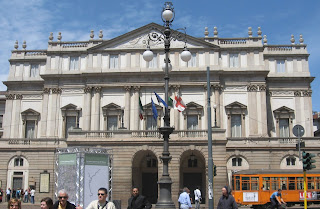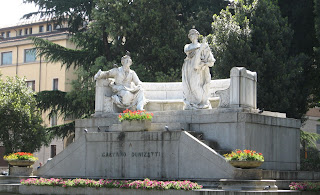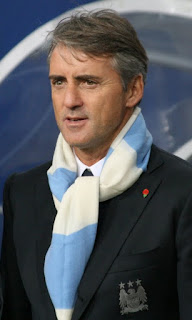Tenor’s beautiful voice can still be appreciated today
One of the greatest tenors of the 20th century, Beniamino Gigli, died on this day in Rome in 1957.
 |
| The tenor Beniamino Gigli |
Gigli is remembered for the beauty of his voice, which was powerful as well as mellow and smooth. He made many recordings, which have since been converted to CD and can still be enjoyed by opera lovers today. He also made some film appearances.
Gigli was born in Recanati near Ancona in the Marche in 1890. He sang in the choir at Recanati Cathedral as a boy and then went on to study music in Rome.
He won his first singing competition in Parma in 1914 and made his operatic debut in Rovigo in the same year, playing the role of Enzo in Amilcare Ponchielli’s opera, La Gioconda.
Gigli made his debut on the stage of La Scala in Milan in 1918 singing Faust in Boito’s Mefistofele. The orchestra was conducted by Arturo Toscanini. His first appearance at the Metropolitan Opera in New York came two years later.
He became particularly associated with the roles of Rodolfo in Puccini’s La Boheme and the tile role in Giordano’s Andrea Chenier. His first appearance in London at Covent Garden was in Andrea Chenier in 1930.
Gigli rose to full international prominence after the death of Enrico Caruso in 1921 although experts have judged their voices to be very different.
The tenor also occasionally appeared on stage with his daughter, the soprano Rina Gigli, who was born in 1916.
Towards the end of his life he made appearances only at fundraising concerts. His last public appearance was at a concert in Washington two years before his death in Rome at the age of 67.
Travel tip:
Recanati is a town in the province of Macerati in the Marche region of Italy. The poet and writer Giacomo Leopardi was born there and it is also believed to be the place of origin of some of the Italian paternal ancestors of the Argentine footballer Lionel Messi.
 |
| Teatro alla Scala in Milan |
Travel tip:
La Scala in Milan has a fascinating museum that displays costumes and memorabilia from the history of opera. The entrance is in Largo Ghiringhelli, just off Piazza Scala. It is open every day except the Italian Bank Holidays and a few days when it is closed in December. Opening hours are from 9.00 to 12.30 and 1.30 to 5.30pm.









